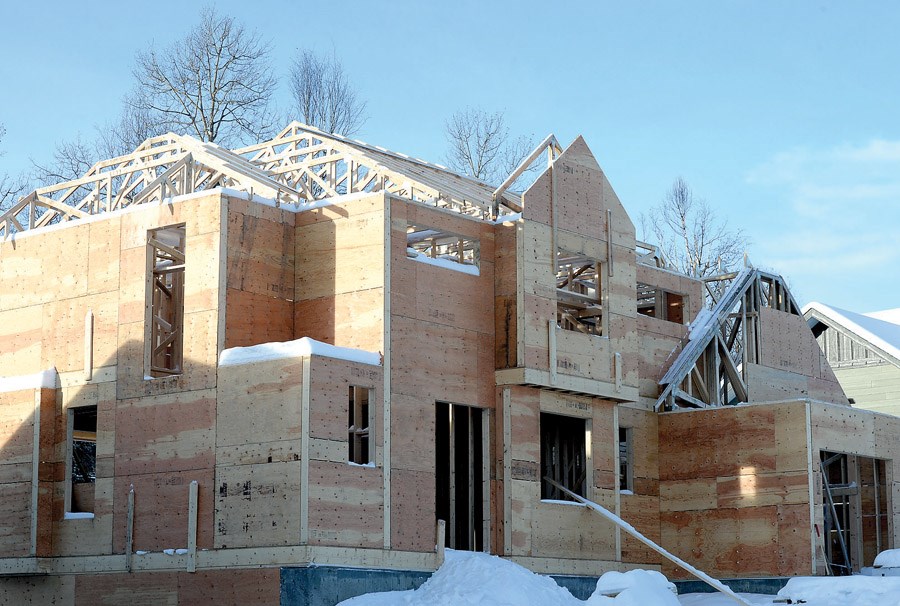The available inventory isn't meeting the demand when it comes to housing in Prince George, according to a city-commissioned study.
During Monday night's meeting, city council heard from UNBC's Community Development Institute co-directors Greg Halseth and Marleen Morris regarding the results of a nearly 18-month process to conduct a housing need and demand study and complementary housing strategy framework.
According to the study, housing stock and housing demand aren't aligning. The current housing stock is designed for large families, and the population has shifted to small families and empty nesters.
The number of people over the age of 80 in Prince George increased by 71 per cent and the number of people between the ages of 65 and 79 increased by 51 per cent during the decade between 2001 and 2011, according to census information compiled in the study.
During that same period, the number of school-age residents (up to the age of 15) decreased by 16 per cent.
While the total number of households increased by six per cent, larger households dropped, with more one- and two-person residences cropping up.
Like the city's population, its housing stock is also aging. More than 65 per cent of dwellings were built before 1980 and the population of seniors is expected to double in the next 20 years.
"While most is in good repair, the designs are not as suitable or desirable for an aging population or for today's families," said the study report, which noted more than 60 per cent of the city's homes as single-detached houses.
Keeping seniors in the their homes provides $3.2 million in annual value-added business, said Halseth.
The study was commissioned to understand current housing need and demand, forecast future housing need and demand and to develop options for future housing development.
And at the start of their four-year mandate, city council is well placed to recieve this report, said Halseth.
"The ability to take up and mobilize this framework and really set a path for the future is tremendous," he said.
Major opportunities lay within the potential to renovate existing housing to update it for smaller families, provide potential for secondary suites or build new homes - smaller houses on smaller lots.
Research identified a need for housing to hit specific target markets, such as workers travelling to and from industry jobs who are looking for low-maintenance accommodation; recent transplants from larger cities who are looking for new homes and modern design; executives looking for large homes on large rural lots; frequently travelling seniors who want secure, low-maintenance homes; students who want to live close to campus, service and transit; an older seniors who want an accessible home close to services and who may require on-site meals, personal care and transportation.
With the existing older, single-family homes, these demands aren't being met.
"As a result, there is a risk that the city will be under pressure to create new neighbourhoods while existing neighbourhoods become undesirable and 'hollowed out,'" said the study report, which also suggests the city needs a strategy to address these factors and find an approach to expand the density in existing neighbourhoods and restrict new developments.
CDI developed a housing strategy framework to provide a jumping-off point for such a plan.
Recommendations include appointing a housing co-ordinator, establish an advisory body to report to city council, convene workshops and hold an annual round table to evaluate progress.
The city can play a role in the neighbourhood transformations, whether it's with things already done such as allowing higher density through secondary suites and infill development, to having a reserve fund for grants, to land assembly, said Morris.



